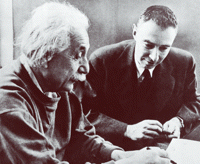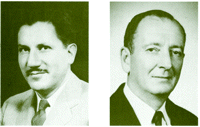1941–1950
Explosive Potential
Even before the war, the Manhattan Project, led by Robert J. Oppenheimer, had been designed to investigate the feasibility of exploiting nuclear fission as the basis for new weaponry. The Project was also driven by suspicion that Germany was developing nuclear weapons of its own. Ironically, much of the brainpower behind the Manhattan Project was supplied by Jewish refugees to the United States, most notably Albert Einstein, who warned President Roosevelt of Germany’s capabilities and suspected intentions. Although scientists from UK had been the first to report that uranium-235 could be used to produce a bomb with the power of 1800 tons of TNT, the National Academy of Sciences in the US actually proposed, in October of 1941, the construction of such a nuclear weapon. The Project would employ more than 130,000 people—yet was carried out largely in secret at hidden research facilities—and would cost today’s equivalent of $27 billion. The committee responsible for bomb development held its first meeting one day before the Japanese bombed Pearl Harbor.

Reality Strikes

Within the second week of December 1941 two wars became one. Japan, already in the middle of the Sino- Japanese war in Asia, chose Sunday, December 7, to bomb US military fleets at Pearl Harbor. On the following Thursday, December 11, Germany declared war on the United States, brazenly expanding upon its aggressive campaigns throughout Europe and in northern Africa. In the US, the Second World War brought women into the workplace and gave us television dinners, the atomic bomb, and new medicines.
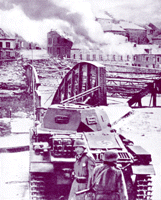
Back at Home
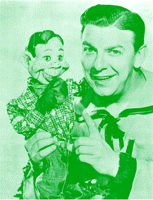
Jobs vacated by enlisted American men were filled by women and blacks, changing the landscape of the labor force. Women’s transition from the home to the workplace led to the advent of the frozen dinner, and as televisions became more popular, particularly as manufacturing output readjusted to the postwar market, the frozen fare became known as TV dinners. Meanwhile, television programming began to cater to families, so that 1947 baby boomers could tune in to children’s shows such as Howdy Doody and Kukla, Fran & Ollie. The first situation comedy, or sitcom, debuted in 1949, when The Goldbergs, previously a popular radio program, was adapted for the new technology.
First Edition
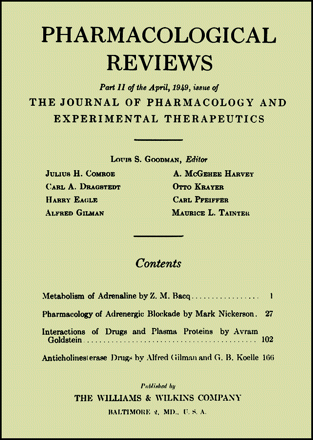
The pharmacologists Louis S. Goodman and Alfred Gilman also attracted the attention of the US government. The pair had distinguished themselves in the 1930s and early 1940s with their research in the field of pharmacology, and in1941 they published the first edition of The Pharmacological Basis of Therapeutics for their medical students at Yale University Medical School. The text was designed to describe the prevailing knowledge in pharmacology in the context of other medical sciences. Although he was presumably unaware of it at the time, Gilman made another great contribution to science in 1941: his son, future Nobel laureate Alfred Goodman Gilman, was born. Goodman and Gilman were recruited for their expertise by the US Department of Defense to study whether chemical weapons could be used to treat diseases. Based on autopsy results showing that soldiers exposed to mustard gas also appeared to suffer from lymphoid suppression, Goodman and Gilman hypothesized that mustard gas could be used to treat tumors of lymphoid cells. Their initial experiments in mice supported their hypothesis, and in 1946, Goodman and Gilman reported that injection of mustine, a related compound, reduced the size of tumors in a non-Hodgkin’s lymphoma patient, providing the first successful human application of a cancer chemotherapeutic agent.
In Review
Mustard gas was approved by the FDA in 1949 to kill cancer cells, despite its side effects and short duration of action. Also in 1949, the first issue of Pharmacological Reviews was published by ASPET in the realization of John J. Abel’s suggestion of 1933 that a review journal be established to integrate the increasing number of articles in the expanding field of pharmacology. Goodman was its first editor, and Gilman was on its editorial board. After Goodman accepted the editorial position, McKeen Catell, one of ASPET’s prominent members, wrote to him, “Your qualifications will assure the success of what I regard as perhaps the most important venture in the Society’s history.”
- © American Society for Pharmacology and Experimental Theraputics 2007

